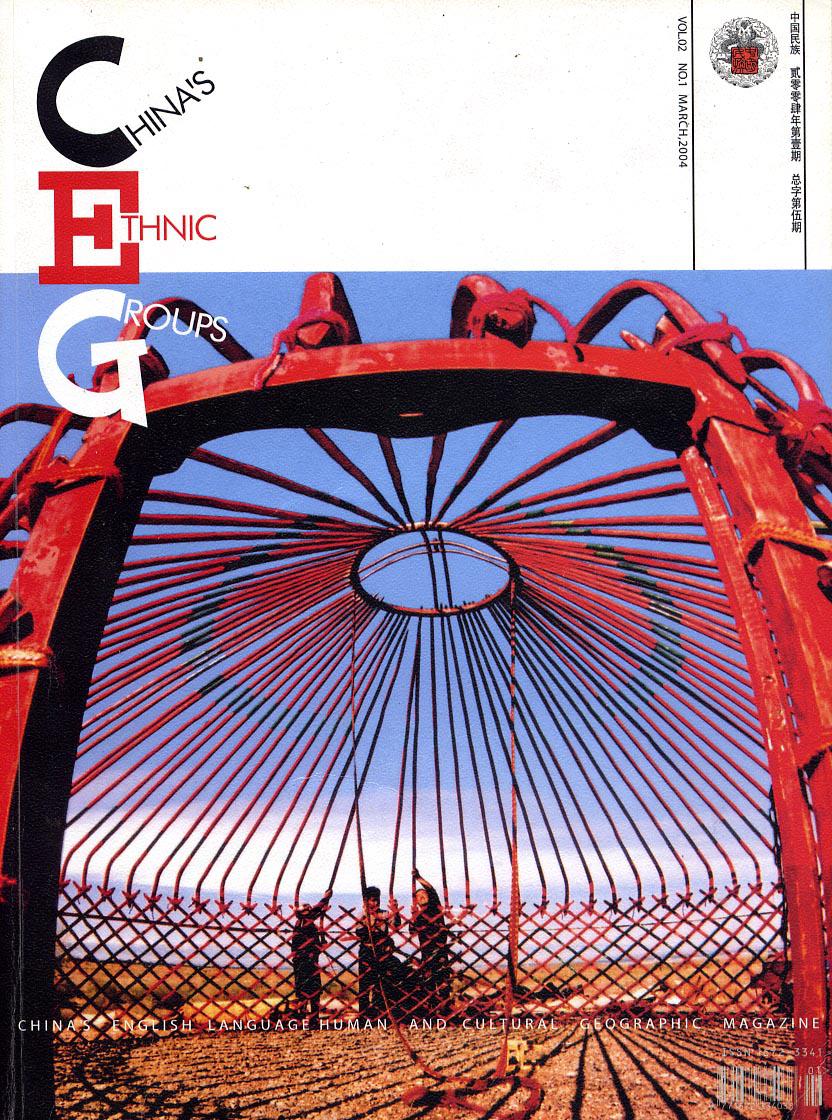The Four Crafts of Kites
文:姜連少 張崇高
Tying and fixing up
1. Choosing of materials:
The materials most often used to make kite frames include mao bamboo, cane, reed and dragon spruce strips.
2. Processing:
Take processing mao bamboo as an example: Usually, it requires a five-step process including selection of bamboo materials, pulling apart, splitting into thin strips, embellishing bamboo strips and winding.
3. Tying:
A level working table should be prepared before tying a kite and the materials for making kite frames should be processed into the designed shape.
4. Basic tools for tying kites:
When the materials for building a kite are ready, various tools shall be chosen and provided. They mainly include scissors, pliers, stove, alcohol burner or candle, file, saws (big and small), clippers, iron, planing machines, pigments of various colors and strings for tying.
apering
Paper is widely used for making kites. With different requirements for different styles of kites of different sizes, the materials should possess high resilience and tensile strength. The commonly used materials include silk, mulberry paper, xian paper, Korean paper, crepe paper and plastic film. These materials are of light texture, evenly distributed fiber and with good effect after coloring.
Binding materials are varied. The most commonly used are paste made of flour, synthetic glue and white emulsion.
Painting
The art of painting on kites requires comprehensive skills. Painting, the use of colors and designing of patterns on kites are important factors for the craft of kite making.
- 中國(guó)民族(英文版)的其它文章
- Globalization and the Future of Anthropology
- Gazing At The Gates Of the Qinghai-Tibet Plateau
- Nomadism : One of the World’s Great Mysteries
- Last Nomads in China : Notes of the Everyday Life of Kazak Nomads in Xinjiang
- China And kites -a Cultural Reflection
- Yangjiabu : 500 Years of Pride, Paintings and Kites

